The La Mon hotel and restaurant is located at 41 Gransha road, Castlereagh on the fringes of Belfast, Northern Ireland. The hotel is large, holding 120 luxury rooms, gymnasiums, tennis courts, a putting green and swimming pool.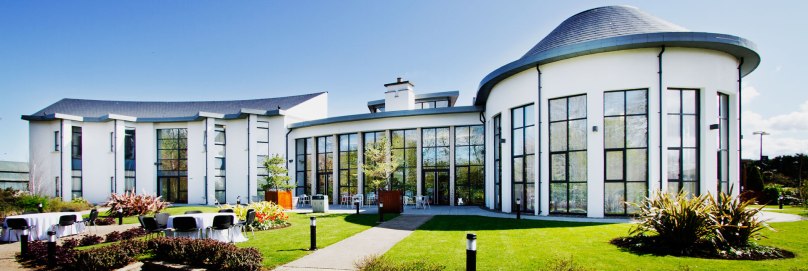
The hotel’s two restaurants are identified on its website as a place for the ‘finest dining’. ‘The Mill’ restaurant serves mostly meat and seafood based dishes with locally sourced ingredients based on British traditional recipes. For dessert at ‘The Mill’ a guest could try a s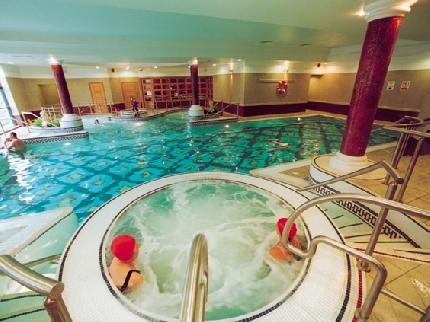 ticky toffee pudding which originated in the 1970’s in the Lake District in Northern England.
ticky toffee pudding which originated in the 1970’s in the Lake District in Northern England.
At Jimmy’s Bistro the more traditional dishes of ‘The Mill’ are listed next to foreign dishes like curries, nachos and panini’s. At lunchtime the Bistro offers tea, scones and sandwiches. The website sells its five course carvery Sunday as a family affair, featuring children’s activities such as a jumping castle and face painting. Private functions and weddings are also available as well as dinner dances with Ireland’s 2006 Eurovision nominee Brian Kennedy or alongside a tribute act for Swedish band ‘ABBA.
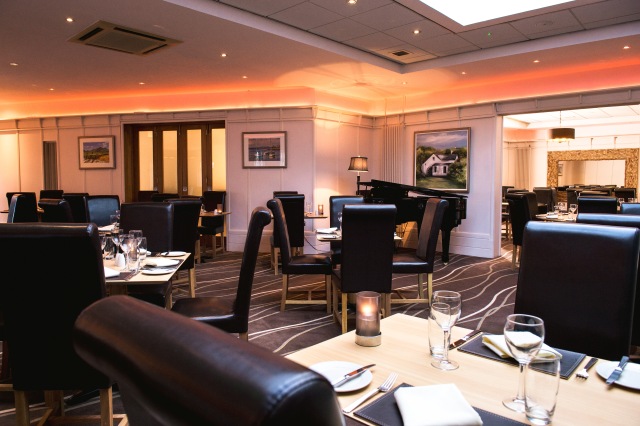
The menu prices suggest middle class locals may visit occasionally for a private, romantic dinner in the countryside, or especially on family days, with family, and the hotel next door indicates that they probably dine alongside tourists and business-people.
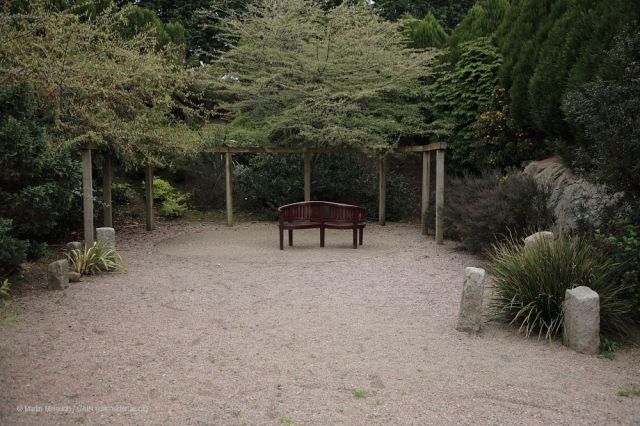
However, for all the emphasis on fine dining and carefree entertainment, there is nothing on the hotel website that indicates that this was the site of a 1978 IRA bombing that killed 12 people. The hotel does have a not unkempt memorial garden to those who died, but this looks just like a regular area for smokers, with only a small sign on a seat recognising the incident. For some, apparently the past is best left ignored
Bibliography
La Mon. (2016). Hotels in Northern Ireland | Hotels in Belfast | La Mon Hotel. [online] Available at: http://www.lamon.co.uk/ [Accessed 26 May 2016].
Little, I. (2013). La Mon bombing: A split second of evil… and then they were orphans – BelfastTelegraph.co.uk. [online] BelfastTelegraph.co.uk. Available at: http://m.belfasttelegraph.co.uk/life/features/la-mon-bombing-a-split-second-of-evil-and-then-they-were-orphans-29521441.html [Accessed 26 May 2016].



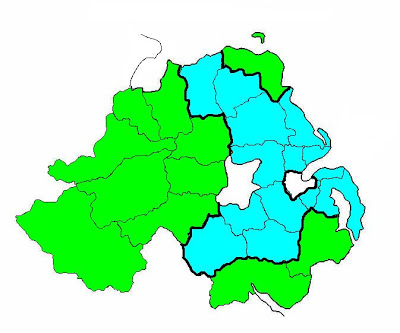
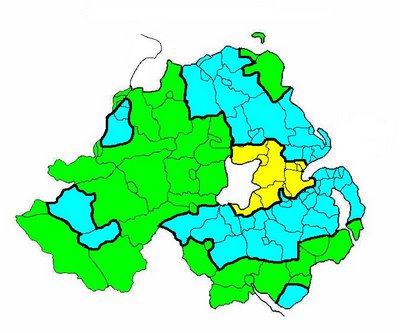
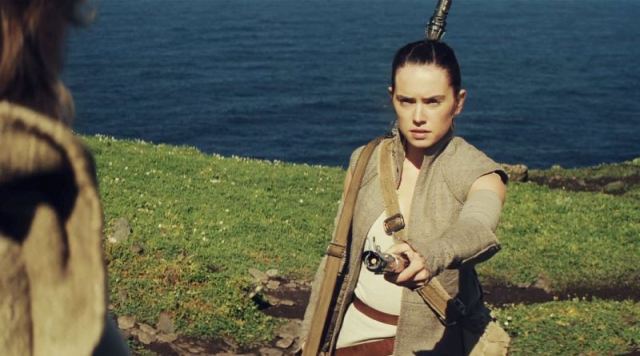
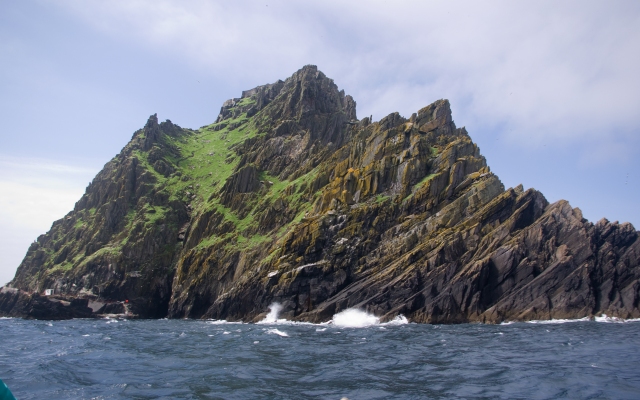

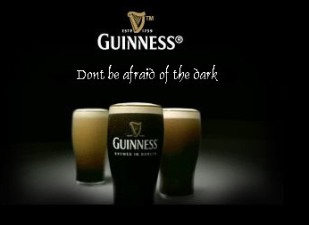 vourite. Ireland is the country with the second highest per capita rates of ‘Heavy Episodic’ or ‘binge’ drinking at 39% of the population reporting drinking heavily recently. Place essentialist conceptions of Ireland as a land of drunkards still needs to be treated with scepticism, however, because this ignores the 61% of the population who did not drink heavily.
vourite. Ireland is the country with the second highest per capita rates of ‘Heavy Episodic’ or ‘binge’ drinking at 39% of the population reporting drinking heavily recently. Place essentialist conceptions of Ireland as a land of drunkards still needs to be treated with scepticism, however, because this ignores the 61% of the population who did not drink heavily. 

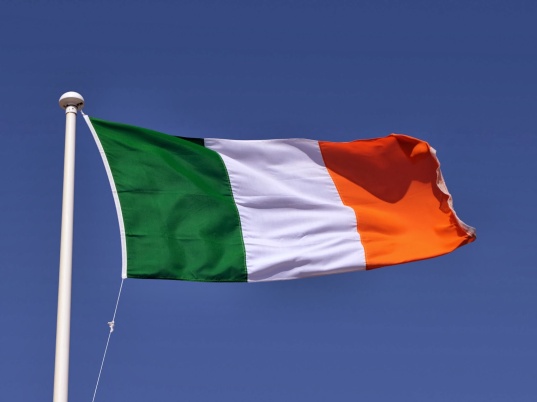

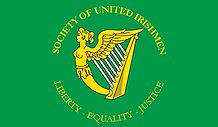 een used in the Republic flag today. The society grew by including the much poorer Catholic population and in 1798 held a rebellion that was brutally crushed because of lack of leadership after British purges and because French aid (France was then enemies with Britain) failed to make it to Ireland.
een used in the Republic flag today. The society grew by including the much poorer Catholic population and in 1798 held a rebellion that was brutally crushed because of lack of leadership after British purges and because French aid (France was then enemies with Britain) failed to make it to Ireland.